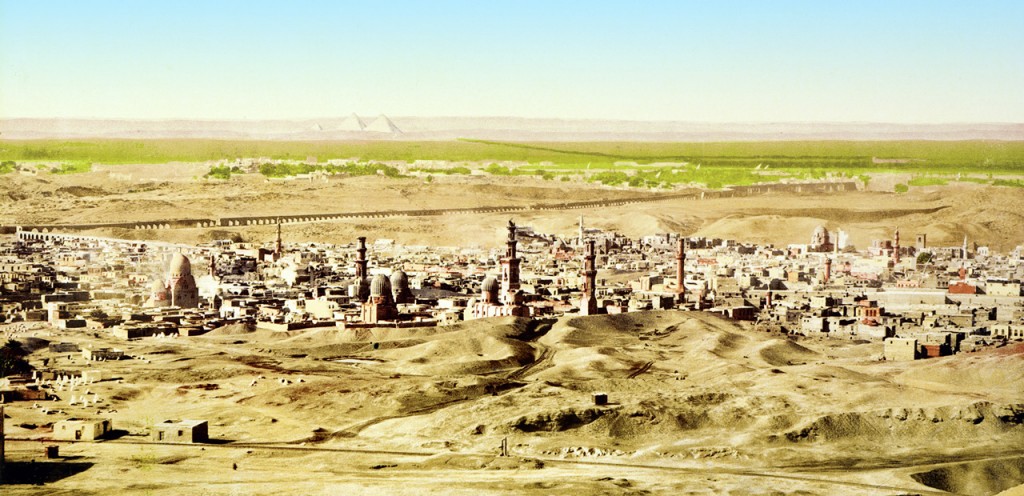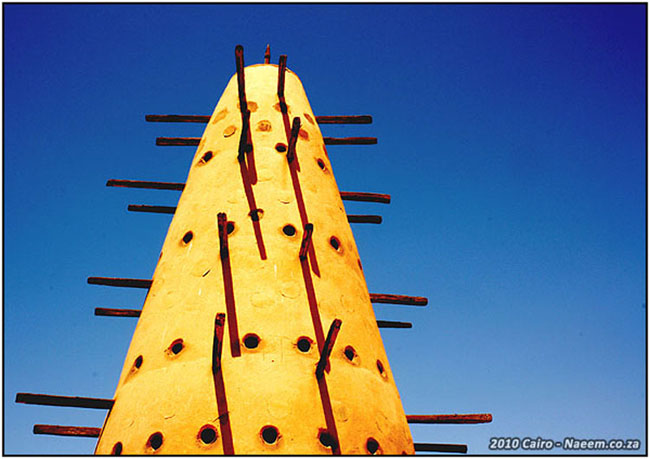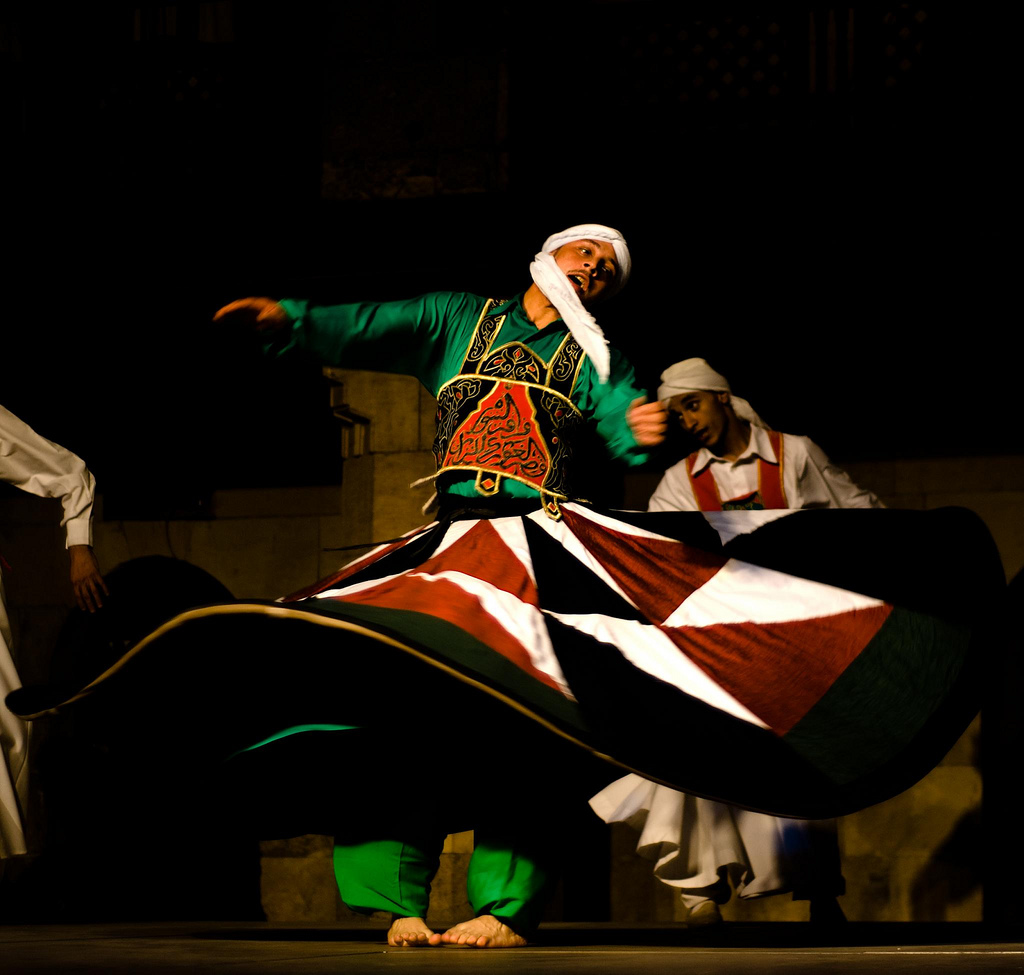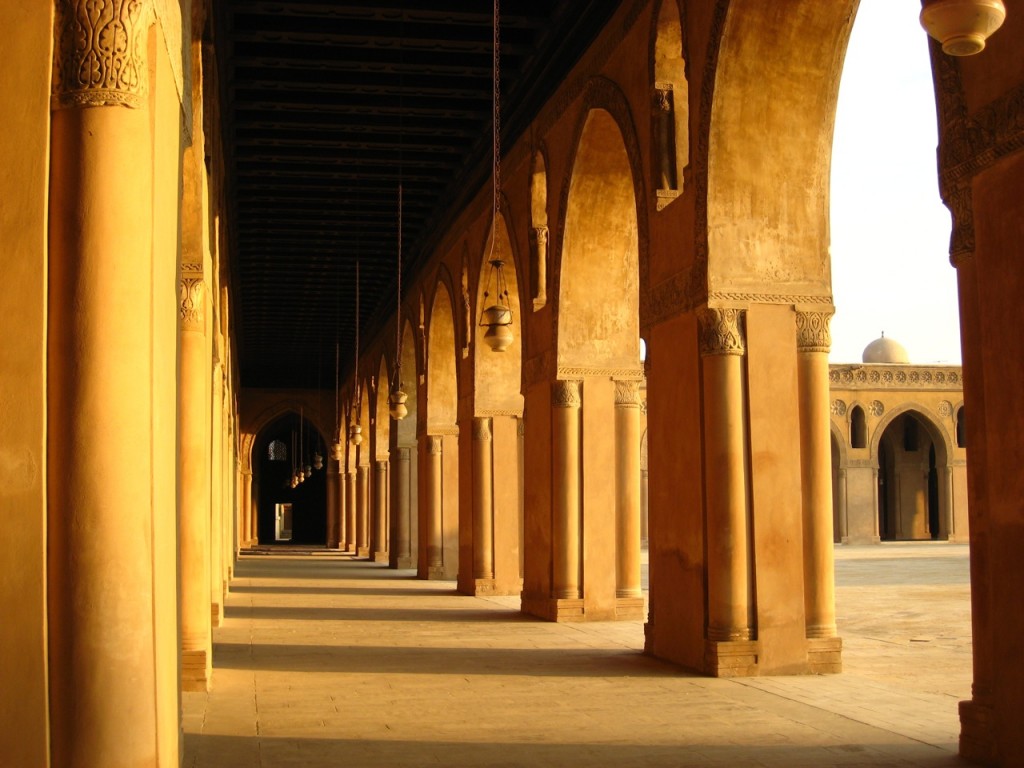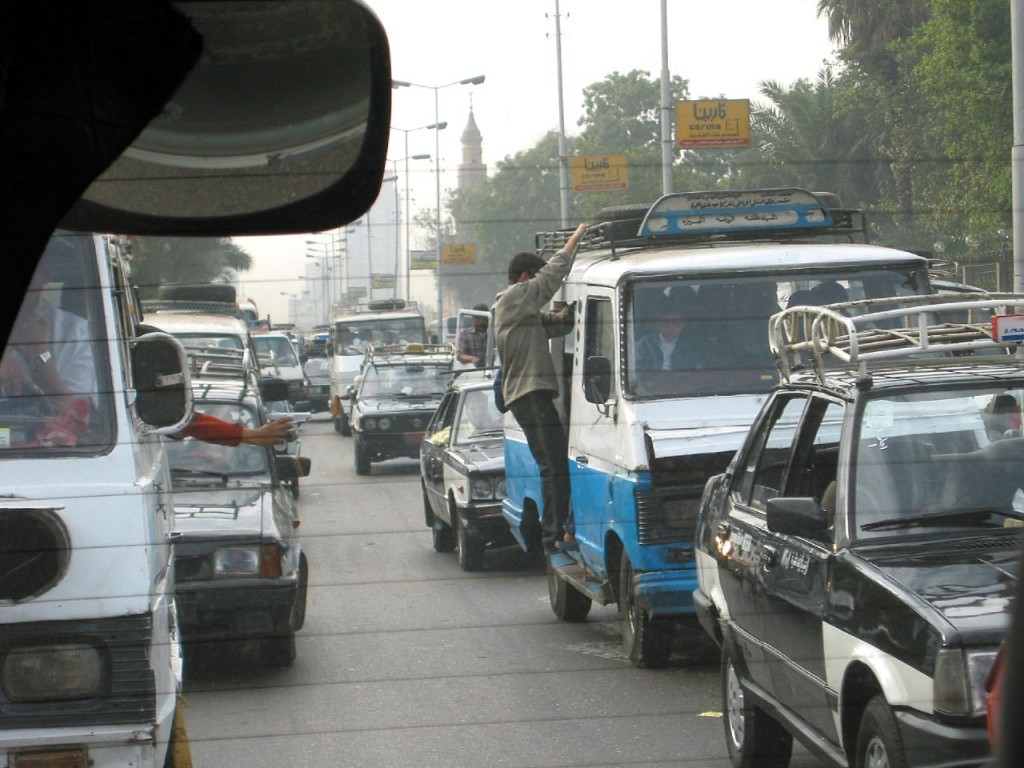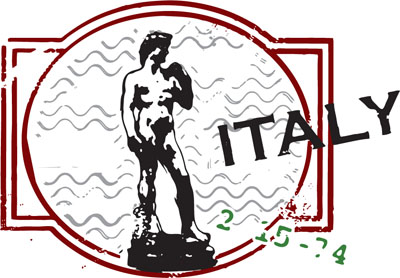By Islam El Shazly
The Grand Street of Historic Islamic Cairo, the heart of the once capital of the Fatimid Empire; as old as Cairo, it saw its fair share of kings and vagabonds. Walking through it amidst the ancient villas and the architectural marvels left behind by four dynasties, is like being transported into the world of the Prince of Persia – without all the of the sand demons.
Taking a turn into one of the little alleys that spring out throughout the length of the street on a quiet day, stop for a moment and close your eyes, you can almost feel the ghosts of all the people who walked through here over the ages. There are shadows here. The time of the Fatimid also gave rise to their cousins, the Assassins. They lurked in the shadows.
But there is light here too, the whole length of the street is full of Masajid (Mosques), Madrasas (Schools), Bimaristans (Hospitals), Baths, and Sabeel/Kuttabs. Knowledge was available for all, and trade flourished here. It still does. Going inside one of the Kuttabs you can almost hear the walls still echoing the thousands of children who came to learn Quran. Read more…


